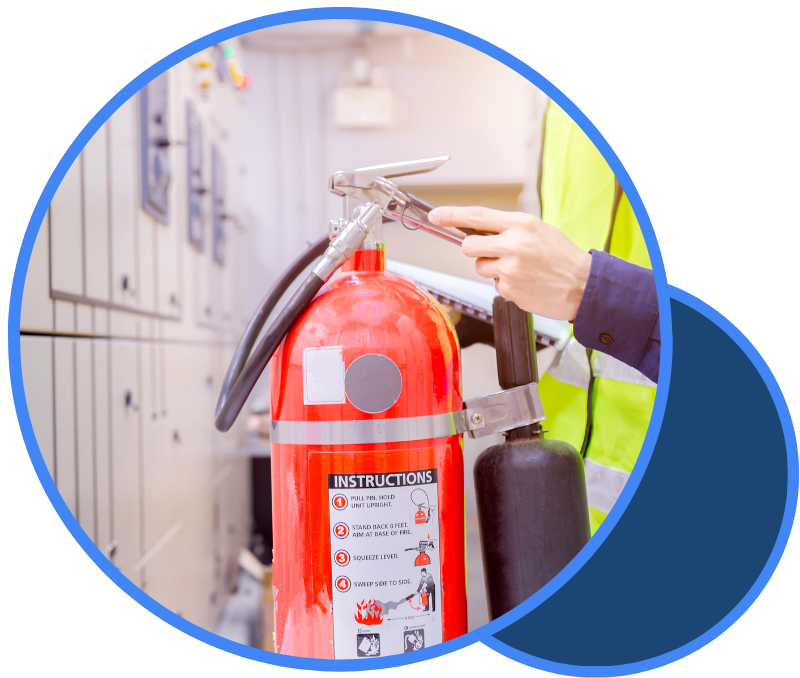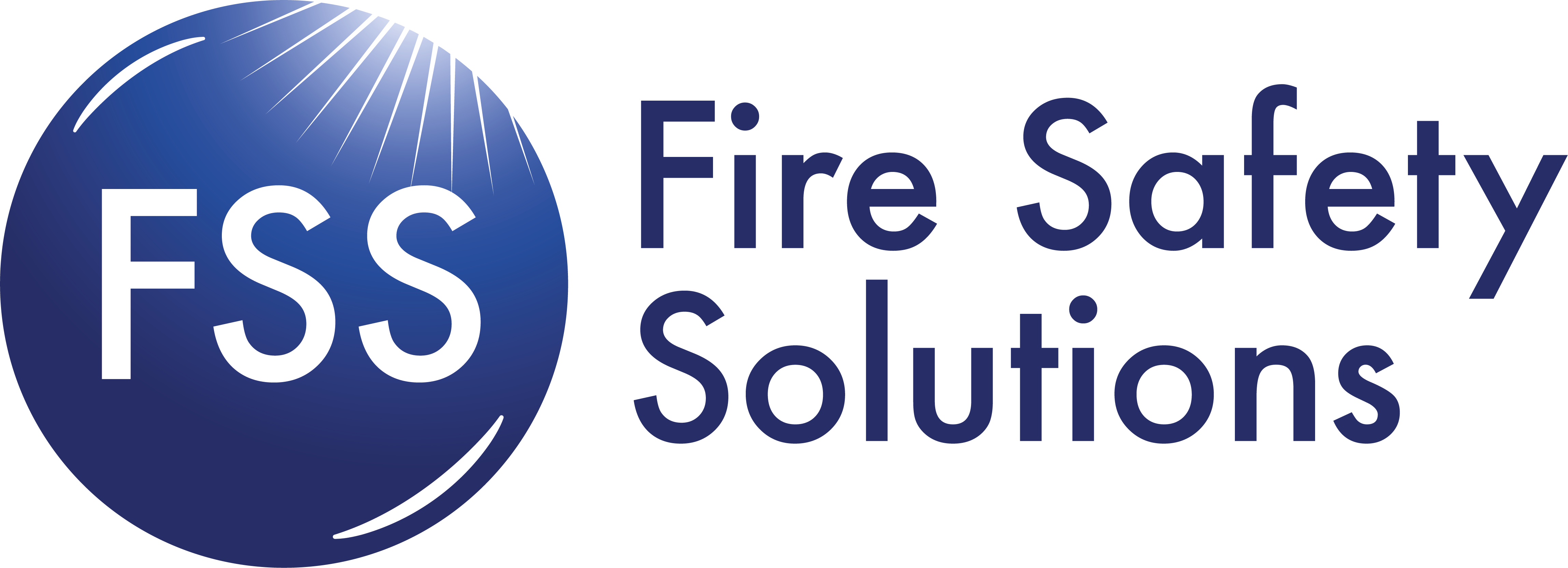Your Obligations
The legal framework for fire risk assessments in the United Kingdom is primarily governed by the Regulatory Reform (Fire Safety) Order 2005.

How the Fire Safety Order 2005 Affects You
The Regulatory Reform (Fire Safety) Order 2005 (often referred to as the Fire Safety Order or RRO) outlines the fires safety obligations and responsibilities of:
-
Those in control of all non-domestic premises, such as where people work, visit or stay, including workplaces
-
Those in control of the non-domestic parts of multi-occupied residential buildings, such as communal corridors and stairways
The purpose of the Order is to require businesses and owners of HMOs to regularly review the fire risks at their premises, and to put measures in place to ensure the safety of individuals in the event of fire.
The Order is a crucial component of fire safety law, applicable across England and Wales.
Responsibility for Fire Safety
The Fire Safety Order places the responsibility for fire safety on the 'responsible person' for a premises. While this person could be the employer, owner, or occupier, the responsible person is mandated to conduct a suitable and sufficient fire risk assessment - and without a thorough understanding of the FSO's requirements and the experience to identify and mitigate fire risks, this is a very difficult role for the layperson to carry out. This is why many companies and HMO owners/managers rely on Fire Safety Solutions to be their 'responsible person'.

Fire Risk Assessment Requirement
Perhaps the cornerstone of the Fire Safety Order is the requirement for a fire risk assessment. The responsible person must carry out a thorough and systematic assessment of the risks present in the premises, including the likelihood of a fire occurring and the potential impact on people and property.
Identification and Management of Risks
The fire risk assessment must identify any potential fire hazards, assess the level of risk, and determine the adequacy of existing fire safety measures. It is not only about identifying risks but also about managing and mitigating them effectively.
Recording and Documentation
The findings of the fire risk assessment must be recorded, and the responsible person should keep this documentation readily available for inspection by relevant authorities. This ensures transparency and accountability in the process.
Review and Update
Fire risk assessments are not a one-off requirement. The responsible person must regularly review the assessment, especially when there are changes to the premises, its use, or the introduction of new fire safety measures. This ensures that the fire risk assessment remains relevant and effective over time.
Information, Instruction, and Training
The responsible person must provide adequate information, instruction, and training to employees and other relevant persons on the fire precautions in place. This includes details of emergency procedures, the location of fire exits, and the proper use of fire safety equipment.
Enforcement and Penalties
Non-compliance with the Fire Safety Order can lead to serious consequences. Enforcement is carried out by fire and rescue authorities, and penalties for non-compliance may include fines or, in extreme cases, imprisonment. It is essential for responsible persons to be aware of and adhere to their legal obligations.
Interaction with Other Legislation
The Fire Safety Order works in conjunction with other legislation, such as the Health and Safety at Work Act 1974. It aligns with broader efforts to ensure workplace safety and prevent harm to individuals due to fire-related incidents.

-
Convenient Booking
-
Clear Inclusive Price
-
Report Within 3 Working Days
-
Accredited Assessors









